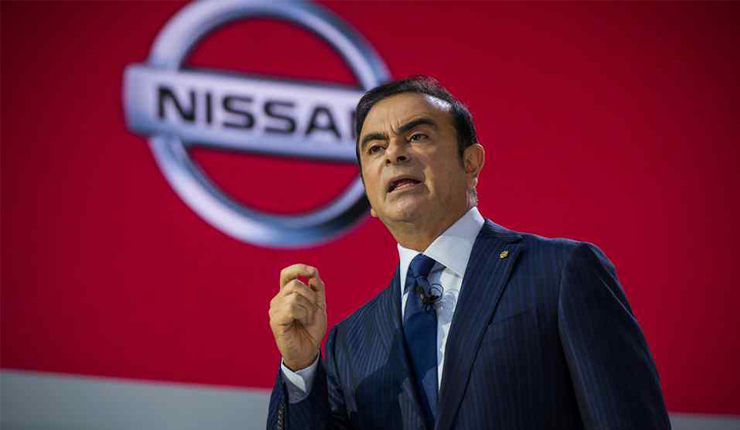
Carlos Ghosn, one of the best-known leaders in the automotive industry, is stepping down as CEO of Nissan, which he brought back from the brink of financial ruin and turned into a powerhouse encompassing a pantheon of global car brands.
Under Ghosn, Nissan not only thrived, but it became the centerpiece of an automotive empire spanning Europe and Asia. Ghosn became a famously globetrotting CEO, dividing his time running Nissan and France’s Renault. Recently, the alliance also picked up Japan’s troubled Mitsubishi and he’s been running that company, too.
Ghosn will be replaced by Nissan’s co-CEO Hiroto Saikawa, who has risen through the ranks at Nissan since joining the Japanese automaker in 1977. Until last year, Saikawa was Nissan’s “chief competitive officer” and he is currently chairman of the Japanese Automobile Manufacturers Association.
Ghosn will continue as chairman of the board when the management change takes place April 1. He indicated as far back as 2012 that he planned to stay on as CEO for only five more years. Even now he says he plans to stay deeply involved.
“As Nissan’s chairman, I will continue to supervise and guide the company, both independently and within the Renault-Nissan-Mitsubishi,” Ghosn said in a statement. “I am committed to supporting the alliance as it evolves and expands.”
Educated in France, the Brazilian-born Ghosn rose to become executive vice president of Renault, which assumed $5.4 billion of Nissan’s debt in return for a 36.6% equity stake in the Japanese company in 1999. The “alliance” — it wasn’t a true acquisition — made the combined entity the world’s fourth largest automaker at the time.
He came to Nissan as CEO in 1999 as chief operating officer at a time when the company was losing money. Upon becoming CEO in 2001, he was known as a vicious cost cutter who made a series of tough decisions to guide Nissan back to profitability.
Nissan revamped its product line, introduced fresh styling, new features and overall made key moves to make the vehicles more appealing.


